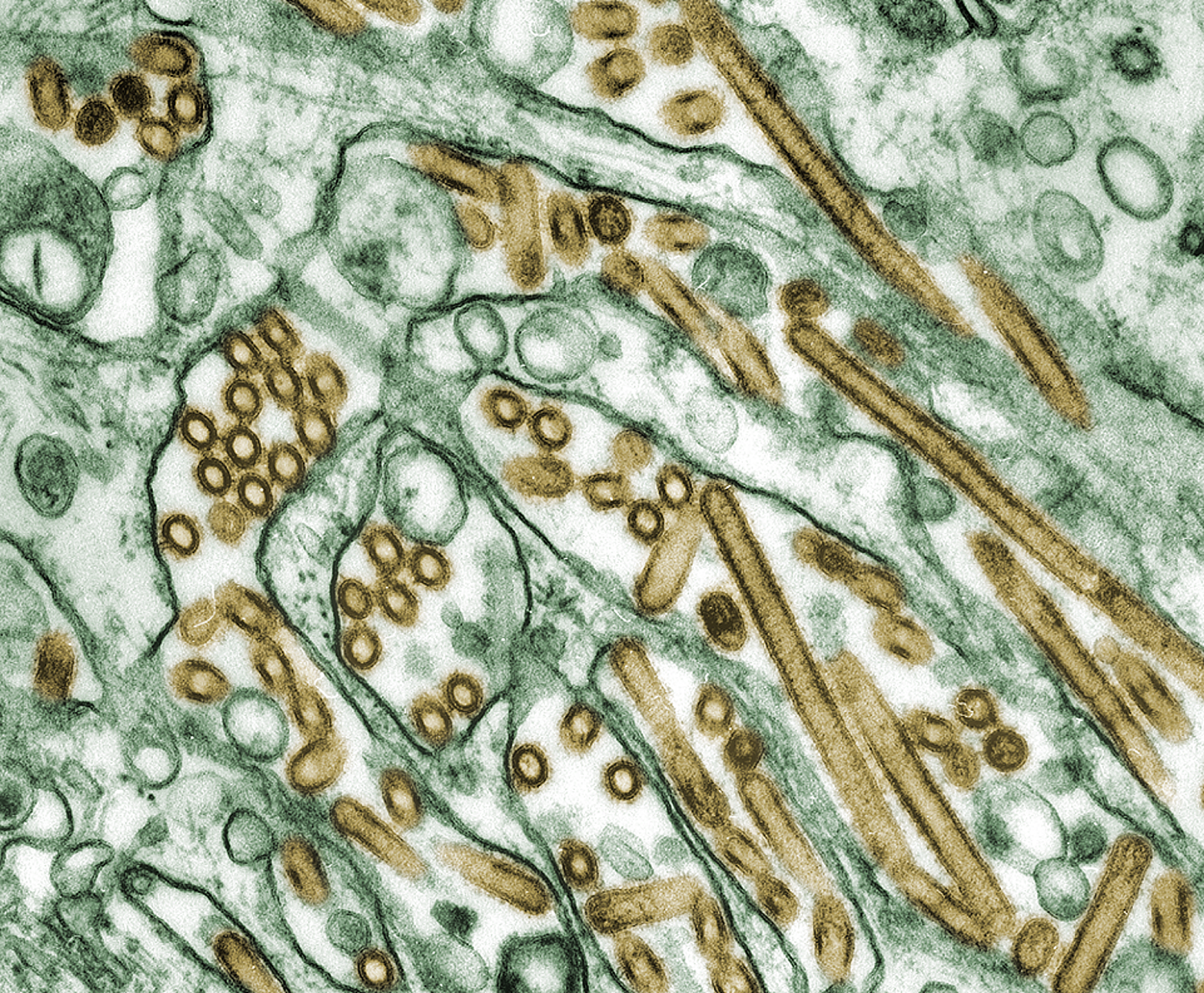Despite significant breakthroughs in medicine and health over the past few decades there are still many long-standing unknowns in the medical community. While there are many sicknesses doctors can cure with a pen and a prescription pad, there are even more that still stump the pros, confound the public and rage on uncontested.
10) Morgellons Disease
 |
| A Morgellons sufferer pulling a fibrous strand from an open wound. |
This very odd disease has sufferers complaining of an intense crawling or stinging sensations on their skin, fibrous strands protruding from open wounds, and persistent skin lesions. Patients have also reported formication (the feeling of insects crawling under one's skin), musculoskeletal pain, disabling fatigue and obsessive-compulsive disorder. Although it was classified as "Morgellons" in 2002, most doctors regard Morgellons as a manifestation of other diseases such as delusional parasitosis leading to a widespread debate about the nature of the disease. Many dermatologists refute the assertion that Morgellons is an actual disease and attribute symptoms to psychological problems or a confluence of other skin conditions. An analysis of strands of fiber taken from some patients' open sores show no biological organisms present adding fuel to the debate on the etiology of the disease.
9) Chronic Fatigue Syndrome (CFS)
CFS is commonly associated with debilitating disorders characterized by constant fatigue regardless of exertion that cannot be relieved by rest. Symptoms can include muscle and joint pain, cognitive difficulties, depression, poor immune response, and severe mental and physical exhaustion. For unknown reasons, CFS occurs most often in people in their 40s and 50s and in more women than men. Many patients do not fully recover from CFS even with treatment and laboratory testing is not used for direct diagnosis. While there is no doubt about the health, happiness and productivity costs from CFS, there has been little effort to develop a unified nomenclature and etiologic hypothesis and treatment.
8) Creutzfeldt-Jakob Disease (CJD
 |
| Prions killing nerve cells create a "spongy" appearance in the brain tissue. |
Commonly known as Mad Cow Disease, Creutzfeldt-Jakob Disease (CJD) is a broader neurological disorder that is quick-acting, incurable and potentially fatal. CJD is a type of prion disease (an bit abnormal protein) is progressively destroys brain and nerve cells. A CJD prion promotes misfolded proteins that cannot digest and disrupts cell function in a self-sustaining feedback loop. This causes its symptoms of dementia, memory loss, personality changes, speech impairment, myoclonus, ataxia, and seizures. Clinical testing has always been an issue as diagnosis has primarily been based on clinical and physical examination of symptoms. As a prion disease, experts hope that studying these conditions could aid in research towards cancer, melanoma, and lymphoma.
7) Schizophrenia
 |
| A piece of cloth made by a schizophrenia patient at Glore Psychiatric Museum |
One of the most puzzling mental disorders, schizophrenia blurs the distinction between fantasy and reality that could render the patient disabled. Symptoms include delusion, hallucinations, paranoia, disorganized speech, and a lack of emotions. Diagnosis relies on the patient's subjective and self-reported experiences and observed behaviour since there are no laboratory tests available. The hypothesized causes vary from genetic, prenatal, social and environmental factors People with schizophrenia are likely to have additional comorbid conditions such as depression and anxiety while the average life expectancy is 10 to 12 years less than those without. Current psychiatric research is focused on the role of neurobiology however no organic cause has been discovered. Some believe that schizophrenia does not represent a single disorder but rather a number of discrete syndromes.
6) Autoimmune Disorders
 |
| Autoimmune disorders lead to antibodies viewing body tissues just as they do bacteria. |
There are currently at least 80 known autoimmune disorders including Lupus, multiple sclerosis, type 1 diabetes, and celiac disease on top of the many other immune-system-related illness. With these disorders, the immune systems turns on its own body as begins to view muscles, joints, tissues and organs as enemies upsetting entire bodily systems. Since the immune system is so complex, the cause is difficult to identify while others believe that it is dormant within genes and can be triggered by certain factors. With 23.5 million affected in the U.S. alone, autoimmune disorders are the second leading cause of chronic illness in the U.S. and top ten cause of death of women under 65. An accurate diagnosis is difficult because there are so many types of the disease that range across many different specializations and disciplines.
5) Pica
One of the more bizarre diseases, people with Pica have an insatiable urge to eat non-nutritive substances like dirt, paper, glue, and clay or food ingredients like flour, starch and salt. Although more common in children aged 1-6 (10-32% prevalence), Pica does affect adults especially pregnant women and those with developmental disabilities. The dangers of Pica come from ingesting harmful substances such as lead, feces and gasoline as well as the greater risk for stomach tearing. Many believe that Pica is caused by deficiencies in minerals such as iron and zinc while others place it on the obsessive-compulsive spectrum. Though incurable, Pica can naturally disappear on its own over time however it may persist throughout the adult years, especially when coinciding with developmental disorders.
4) Avian Flu
 |
| A colourized transmission electron micrograph of the Avian Influenza A virus. |
The Avian Flu, also known as Avian Influenza A or H5N1, is a very deadly and infectious disease that comes from a variety of viruses found in birds. Nearly 60% of people who contract the Avian Flu die from the disease regardless of their age and health status. Many experts have been warning the pandemic potential of the Avian Flu even through it is still unclear whether human-to-human transmission is possible. The flu has killed millions of poultry worldwide and there are fears that species-specific viruses will exchange genetic material to create a virulent and deadly flu strain for humans. As of late 2009, 262 humans have died from the Avian Flu in 12 countries centered particularly in Asia and Eastern Europe.
3) Common Cold
| The molecular surface of a human rhinovirus. |
The common cold, responsible for 30-50% of adult colds, is the most frequent infectious disease for humans with an estimated one billion cases annually in North America alone. It is a viral infectious disease of the upper respiratory system caused primarily by rhinoviruses and coronaviruses that can last anywhere from a few days to a few weeks. The symptoms - sore throat, runny nose, and fever - seem relatively harmless however its prevalence has inflicted a massive cost to society. Efforts to develop a vaccine against the common cold have been unsuccessful because colds are produced by a large variety of rapidly mutating viruses making the successful creation of a broadly effective vaccine highly improbable.
2) Alzheimer's Disease
 |
| In Alzheimer's, increasing numbers of brain cells deteriorate and die. |
Alzheimer's, a degenerative brain disorder, gradually destroys a person's ability to memorize, learn, make judgments, and communicate. As Alzheimer's progresses, patients can experience a change in personality and increased anxiety, agitation, and delusion as well as a much greater risk for dementia. As many as 5.3 million Americans live with Alzheimer's and it is the seventh-leading cause of death in the United States (Source: Alzheimer's Association). Those with Alzheimer's tend to have more developed "plaques" and "tangles" in their brains which block communication among nerve cells and disrupt normal cell function. These plaques and tangles typically begin in the areas of the brain that are important to learning and memory and spread from there. While there is no cure, scientists are hoping to understand the disease better in order to do a better job of preventing its onset or treating it in the early stages.
1) AIDS
 |
| The areas hardest hit by HIV/AIDS have been Africa and Central America. |
Acquired Immune Deficiency Syndrome (AIDS) has devastated society since the early 1980s, particularly in developing countries, reaching pandemic status with an estimated 33.2 million people living with AIDS worldwide. In 2008, 2 million people worldwide died from AIDS with three-quarters of that coming from Africa. AIDS is caused by a Human Immunodeficiency Virus (HIV) that slowly wears down one's immune system. As the immune system deteriorates, it is less able to combat viruses, fungi, and bacteria that are considered non-serious for those without HIV. These are known as "opportunistic infections" such as pneumocystis pneumonia (PCP) and Kaposi's syndrome and indicate the presence of AIDS. Although there is no vaccine or cure available, antiretroviral treatment has been able to slow down and control the infection however the treatment is often too costly and inaccessible to most of the people infected. Currently, the focus has been placed on cost-effective prevention and promoting safe-sex and safe needle exchanges.
Sources: 50plus.com (2), MedlinePlus, Aids.org, Alzheimer's Association, Live Science, Wikipedia
Home Care Assistance offers the highest quality 24/7 live-in home care in the Region of Halton (Oakville, Burlington, Halton Hills, and Milton), Region of Peel (Mississauga, Brampton and Caledon) and Hamilton.












There are far more "mysterious" diseases out there but this surely is a list of the ones on the forefront of research.